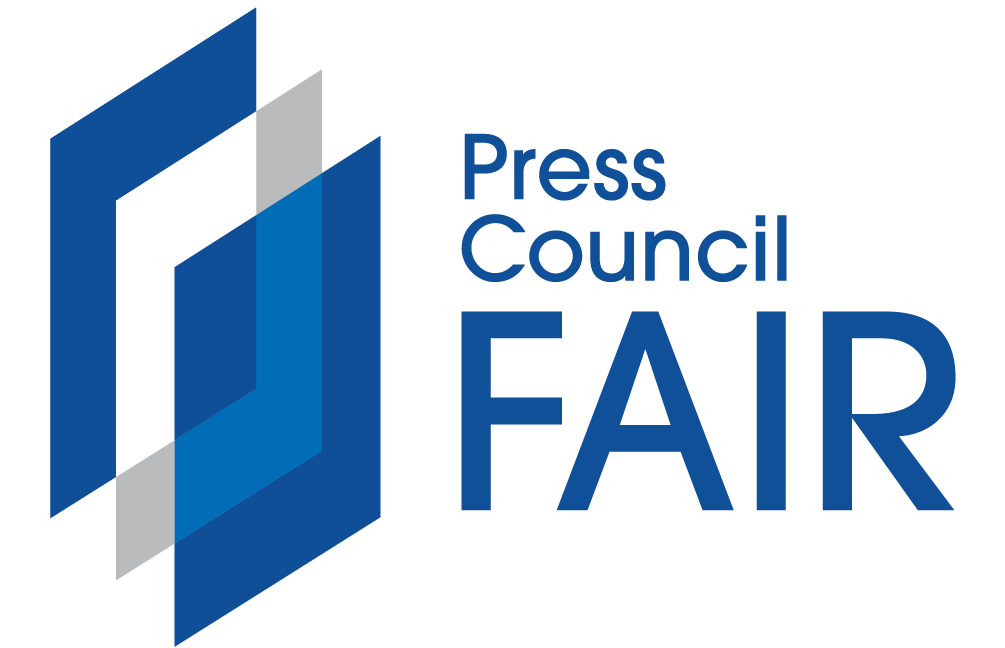Only 7 SA universities included in major world rankings
South Africa has 26 universities spread across the country but only seven of them are included on six of the most well-known world ranking lists.
We looked at six ranking systems, namely, the Times Higher Education World University Rankings, QS World University Rankings, the Academic Ranking of World Universities (ARWU), the Centre for World University Rankings (CWUR), University Ranking by Academic Performance (URAP) and the Best Global Universities Rankings (BGUR).
These lists comprise between 1,000 and 3,000 universities, but according to the International Association of Universities, there are about 19,800 of these institutions worldwide, so only between 5% and 15% of them are included on the lists.
Only about 4% of the universities on the lists are in Africa. Close to 40% are in Asian countries, just over 30% are in Europe, 17% are in North America, 7% are in South America and 2% in Oceania.
Which universities made all the lists?
The seven universities that appeared on all six ranking lists are the University of Cape Town (UCT), Wits University, Stellenbosch University, the University of KwaZulu-Natal (UKZN), the University of Pretoria, the University of Johannesburg (UJ) and North West University (NWU).
UCT was ranked the best overall, followed by Wits and Stellenbosch.
Professor Vimolan Mudaly, deputy academic leader at UKZN, says historical, geographical and economical factors play a role in these rankings.
“The wealthier, better-resourced universities had a head start. They are located in an environment where student disturbances are rare and the influence of the communities in the vicinity of the university are not detrimental to the progressive ethos of a university.”
The top seven institutions are some of the oldest in the country. UCT was established in 1829, Wits was established in 1922 and Stellenbosch in 1918. They are all in urban centres, such as Cape Town, Johannesburg, Pretoria and Pietermaritzburg. Together, these seven universities enrol roughly 311,490 students every year.
UKZN, UJ and NWU are the products of the merging of higher education institutions between 2002 and 2005, to reduce the apartheid legacy of 36 institutions to 23 – 11 “traditional” universities, six “comprehensive universities, which offer a combination of academic and vocational qualifications, and six “universities of technology”, which offer vocationally-oriented qualifications.
UCT, Wits and Stellenbosch were among the institutions that were not merged.
“The well-resourced universities continued to receive support, including from the alumni. With more money, better research centres could be established, more researchers could be drawn to them. Greater success in research brings more publicity to the institution, and it follows that more of the higher performing students will seek such establishments,” Mudaly says.
This is a cycle that keeps these universities at the top, and maintains their advantage over lesser-known and newer institutions.
What about the other universities?
Each ranking system follows its own methodology, but URAP appears to be the most comprehensive because it includes 3,000 institutions, more than any of the other ranking lists. According to its website, it covers approximately 12% of all higher education institutions around the world.
URAP was the only list that included the University of Fort Hare, the University of Venda, the University of Zululand, the University of Limpopo as well as the Cape Peninsula University of Technology, Sefako Makgatho Health Sciences University and the Vaal University of Technology.
Seven universities were included on at least three lists (see table). Five universities were not on any of them: Sol Plaatje University, the University of Mpumalanga, the Mangosuthu University of Technology (MUT), Walter Sisulu University and the Central University of Technology (CUT).
Walter Sisulu University was established in 2005 when Border Technikon merged with Eastern Cape Technikon and the University of Transkei. Sol Plaatje and the University of Mpumalanga are relatively new universities that were established in 2014 and are the only two universities that were founded in post-apartheid South Africa.
Of the institutions that didn’t make the list, Mudaly says, “Some apartheid period universities have struggled to extricate themselves from the economic morass that they find themselves in.”
They cater to a large number of students, particularly those from poorer backgrounds.
Altogether these five universities enrol more or less 70,000 students every year.
How do you get onto a list and stay there?
Featuring on one of these lists requires a mixture of funding, research and quality academics, characteristics that not all students can afford.
According to Mudaly, in order to move up in the ranks, or appear on the lists at all, South African universities should focus on getting quality publications into high-quartile journals.
“They would have to lure both funders and highly rated researchers into the universities and provide the right environment for researchers to join the university and thrive. The academics they employ must be highly qualified and should bring with them relevant knowledge that will build the university,” he said
“For an academic, this [the ranking systems] may have some meaning but personally, I don’t believe that one can compare apples and zebras.”
It’s also unlikely that students examine these lists before choosing an institution.
The lists are interesting in that they have some marketing value and offer a way for one to compare institutions with the top universities in the world, such as Oxford and Harvard.
Ellie Bothwell, rankings editor at Times Higher Education say, the overall scores in the rankings are relative to all the other institutions’ scores in the table, universities can sometimes move down in rank even when their overall score improves or stays the same year-on-year. This would be the case if other similarly ranked institutions are improving at a faster rate.
Many of South Africa’s universities were either established or merged in the last 20 years and are therefore relatively new.
Mudaly said, “There are brilliant researchers doing fantastic work in all universities and we must encourage them and the other academics to begin to actually research and publish as prolifically as they possibly can.”



